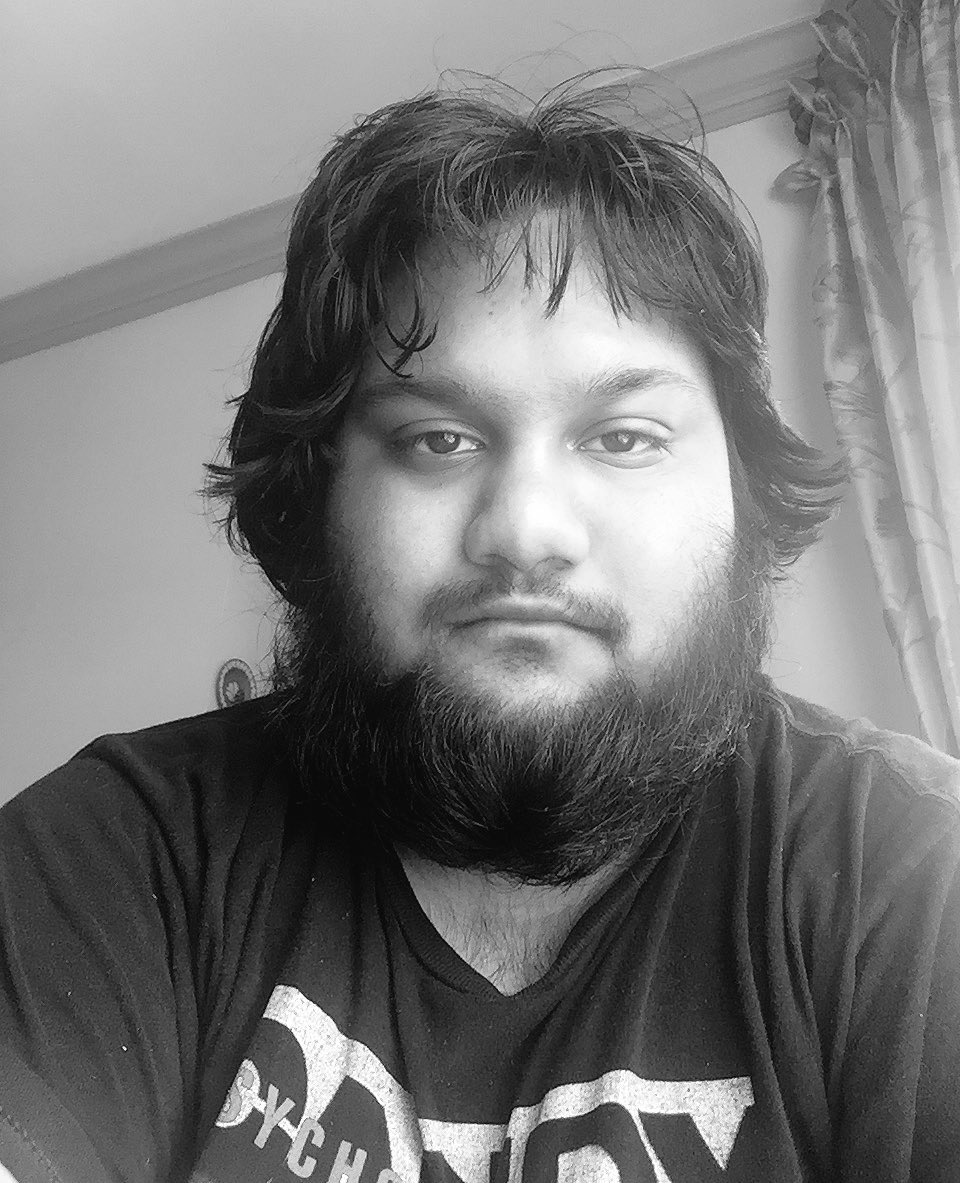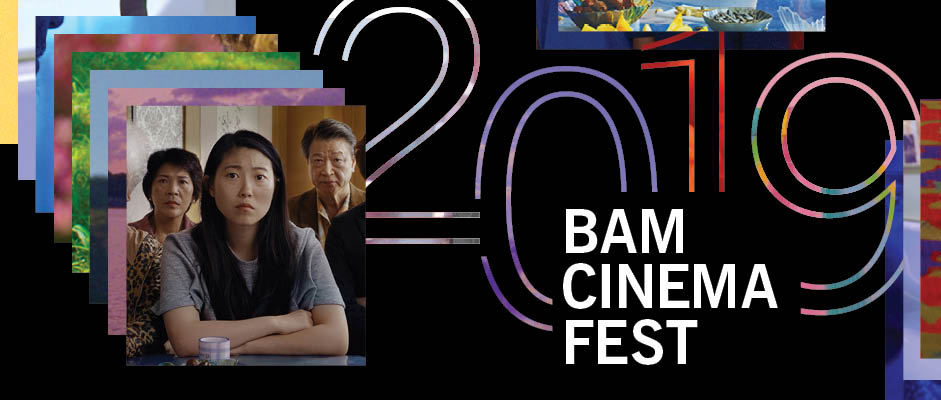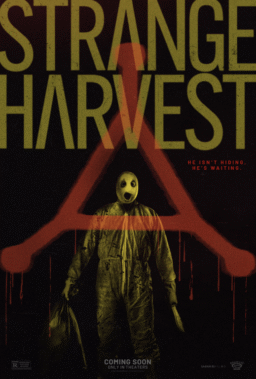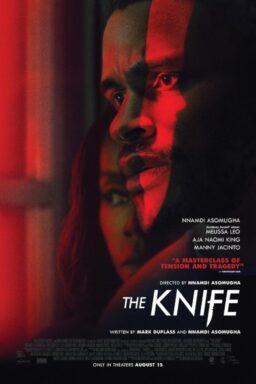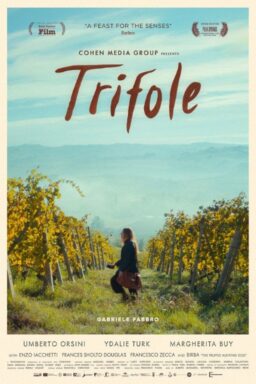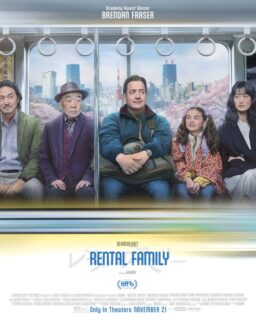For over a decade, BAMCinemaFest has been a premiere showcase for new independent films, and this year is no exception. The 2019 slate features a wide variety of personal films, from buzzy Sundance indies (“The Farewell”) to world premieres helmed by new international talent (“Sunrise/Sunset”). Many of the documentaries playing in the festival have already screened at this year’s True/False and are well worth your time: Brett Story’s “The Hottest August,” Roni Moore & James Bladgen’s “Midnight in Paris,” and Juan Pablo González’s “Caballerango.” But a few others deserve individual attention. Below are four films worth seeking out at this year’s BAMCinemaFest.

“So Pretty”
Jessie Jeffrey Dunn Rovinelli’s “So Pretty” stands out as a clear highlight of this year’s festival and the kind of American independent film that deserves the spotlight treatment. Rovinelli’s film follows a group of queer friends and activists who have carved out a quasi-utopic space in Brooklyn but are itching to expand it beyond their confines. Her community portraiture embraces nuance and diversity without underscoring it for an audience’s benefit. Some are more outwardly radical than others. Gender expression varies across the spectrum. Relationships are comfortably fluid. Rovinelli has zero interest in holding a straight audience’s hand. She immerses you in the culture and demands your engagement.
Rovinelli’s control of the political dimension in “So Pretty” feels especially notable. At a time when so many films across the budgetary spectrum engage in woke cataloging, ticking off boxes that require perfunctory coverage, it’s genuinely refreshing to watch one that treats activist politics as a casually integrated element of its subjects’ lives. Protest signs and community organizing are just natural extensions of the characters, as routine as breathing and sleeping. The reasoning here is painfully obvious to anyone with eyes or ears: queer rights are under attack by a right-wing government and a capitalist system, hence being openly queer is an inherently radical act. What’s invigorating is that there’s no explanation of that reasoning to be found in “So Pretty.”
Rovinelli also creates space for joy, love, and sex. “So Pretty” features queer and trans bodies entangled in amorous states; the camera lingers on their passion but also provides them with privacy. Kinks are celebrated, heartbreak is addressed, bonds break and form, and Rovinelli presents it all with unguarded grace. It’s a depiction of life as lived that feels spirited because it doesn’t mandate praise for such a choice. Rovinelli implicitly suggests it should be the norm.
“So Pretty” pivots off of Ronald M. Schernikau’s “So Schön,” a German novel about four young queer men in West Berlin posthumously published in 2012. Rovinelli’s actors read excerpts from the novel, either in voiceover or directly to the rest of the cast, which reflect their own current situation. Having not read the novel, I can’t comment about any specific allusions, but the broader intention feels clear to me: this community, marginalized by various global societies, has always existed, and will continue to exist, and it’s important to situate a historical timeline, if for no reason than to confirm one’s place within an ever-fluctuating movement. If “So Pretty” only accomplished that, it would have still been a success. Thankfully, it does that and more.

“The World Is Full of Secrets”
A horror film that operates almost entirely through suggestion, Graham Swon’s minimalist feature “The World Is Full of Secrets” employs lengthy monologues and hazy dissolves to collapse past stories of violence into our eternal present. Swon eschews standard genre tropes in favor of a slow cinema approach designed to lull audiences into hypnotic unease. It’s a micro-budget take on the Southern Gothic tradition.
On a crisp summer night in 1996, five suburban teenage girls pass the night away by telling scary stories at a sleepover. These stories involve brutality against women, either by peers or patriarchal figures, from the Roman era to the 20th century. In the process of trying to scare each other, they awaken some dangerous spirits that take hold of the night. An elderly narrator offers historical context and an ethereal presence in between the retellings.
Swon engenders the feeling of a late night campfire, where the slightest noise or passing shadow can activate a rattled imagination. Two stories are shot in static long takes, each over 20 minutes long, which creates a haunting, soporific effect, as if peril will strike in the liminal space between consciousness and sleep. The teenage actresses deliver their stories with adolescent vulnerability, occasionally stepping on words and adding flair to liven the events. Barton Cortright’s double exposure photography provides spiritual translucence; the stories are projected through their faces and their aftereffects radiate outwards. They are a part of the same continuum, a timeline of gendered cruelty within a fundamentally unsafe world.
It’s easy for one’s attention to flag during any of the stories; Swon even cheekily hangs a lampshade on the audience’s potential boredom. But rapt awareness isn’t required to be engaged with “The World Is Full of Secrets.” The film’s framework allows for the experience of dipping in and out of a tale without negating the core fear. Its aesthetic power lies in its unnerving imagery combined with an ASMR-esque voiceover, not necessarily every bit of substance. The scares won’t make anyone jump, but the foreboding might send chills up your spine, which is Swon’s exact intention.

“Vision Portraits”
When filmmaker Rodney Evans was diagnosed with retinitis pigmentosa, a rare disease that gradually deteriorates all sight, he never contemplated abandoning his art. Instead, he incorporated his disability into his method. His documentary “Vision Portraits” profiles three other working visually impaired artists—photographer John Dugdale, dancer Kayla Hamilton, and writer Ryan Knighton—who each navigated a similar path. It also functions as Evans’ coming out to the visually impaired community, an attempt to actively confront his own artistic identity and work through how he engages with the world.
“Vision Portraits” succeeds most when it interrogates the artistic process and how loss of sight doesn’t preclude loss of vision. All three admit that they needed to let go of their egos and accept more direct assistance, whether that’s through collaborators or technology, but each illustrate how their disability ultimately liberated their craft. Dugdale, the most compelling of the trio, effectively communicates how the mind can visualize images on its own without assistance from the eyes. (He even conducts an exercise with Evans and the audience in which he tells him/us to close his/our eyes, illustrated by the camera going dark, and to imagine a series of images at rapid speed.) Meanwhile, Hamilton expresses how dance allows her to tap into her physicality, especially how her visual impairment can be employed as a bridge between herself and the audience. Similarly, Knighton discusses how embracing his deteriorating eyesight gave him permission to be more honest in his writing.
When Evans turns the camera on himself, however, “Vision Portraits” tends to fall back on some standard personal essay clichés. Though his individual anecdotes captivate, as well as his insight into how his narrow visual field improved his facility behind the camera, Evans’ insistence on forcing tidy insights into voiceover sticks out like a sore thumb. It’s an understandable impulse, but an unnecessary one given that so much of his conclusions are already conveyed through the lens of technique. Moreover, Evans conveys the experience of blindness best through visual means rather than direct address, e.g. the multi-colored abstract illustration of Dugdale’s aurora borealis-inspired inner vision says more than his words could ever communicate.
Still, Evans acutely understands how art functions as a crucial intermediary between interiority and expression. It’s why the film’s oneiric interludes, including excerpts from Evans’ poetry, feel purposeful rather than slight: they’re an attempt to simulate a reality that’s inaccessible to many. That instinct helps keep “Vision Portraits” afloat and away from too many blandly inspirational clichés. Process and experience elucidate the individual in more ways than one.

“The Mountain”
When RogerEbert.com’s own Glenn Kenny capsuled Rick Alverson’s latest feature “The Mountain” at last year’s Venice Film Festival, he included this humorous takedown: “This is a meticulously made movie, which is impressive, given how much Alverson clearly despises the medium, and human life itself. I’m surprised he has this kind of motivation.” I completely understand this judgment. If you’re not on Alverson’s wavelength, then his films might as well be akin to watching someone scrape their nails on chalkboard while cackling like Woody Woodpecker. His alienating approach to form and character will never be to everyone’s liking, let alone his take-your-medicine worldview.
With that said, however, I’m glad he exists. Alverson’s films explicitly tackle the emotional constipation of the white American male, how that repression manifests itself through expression, and how it reflects the national character. But that thematic drive would be trite if it weren’t for Alverson’s distancing technique, which severs traditional avenues of audience surrogacy and forces viewers to address the gap before them. Alverson takes a circuitously cerebral route to an emotional response by asking people to contemplate their discomfort or unease or boredom. It’s inevitable (and forgivable) that some are unwilling to make that journey with him, but it’s a wholly valid modus operandi, and one of the best available to addressing ideas of privilege, entitlement, and power without relying upon a heavy hand.
“The Mountain” trades in the self-consciously abrasive tone of “The Comedy” or “Entertainment” for steely formalism and a passive, borderline-silent protagonist. After his ice skater father (Udo Kier) abruptly dies, the disaffected Andy (Tye Sheridan) joins psychiatric doctor Wallace “Wally” Fiennes (Jeff Goldblum) on a road trip to various sanitariums. He’s tasked to photograph Wally’s method of transorbital lobotomy, a simplified, non-surgical procedure available to state institutions with little resources and low funds. (Goldblum’s character is based off real-life physician Dr. Walter Freeman who specialized in lobotomy.) Andy silently observes as Wally performs these procedures upon vulnerable members of the population, i.e. white women and black men, while drinking and womanizing in his off hours. Wally rarely considers the trail of human destruction in his wake. Andy can barely comprehend it.
“The Mountain” can be too monotonous at times, even when Denis Lavant’s character adds some discordant energy to the proceedings, and Alverson’s sensibilities occasionally lead him to bite off more than he can chew. Yet, the film’s eerie, glacial mood, amplified by Robert Donne and Daniel Lopatin’s score as well as Lorenzo Hagerman’s washed-out photography, compels because it situates “The Mountain” in a specific mid-century American context. Old power structures reign supreme but aren’t immune to free-floating restlessness or despair; white men can silence the defenseless with impunity but find no solace in such an endeavor. Alverson locates incompleteness in his subjects through gender; they lack a mollifying femininity that could give them perspective, evoked through hermaphroditic imagery. “The Mountain” doesn’t prescribe the possibility of change for anyone; in fact, their inability to change dooms them from the jump. No epiphanies await after you finally reach the summit.
BAMCinemaFest runs at Brooklyn Academy of Music from June 12-27. For more information on the series, click here.
